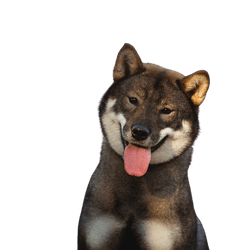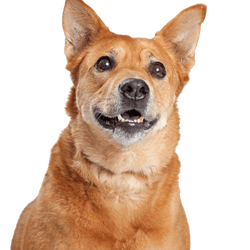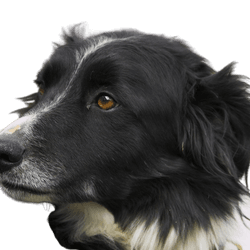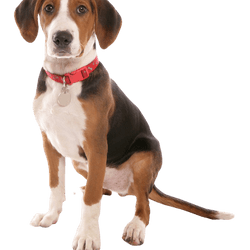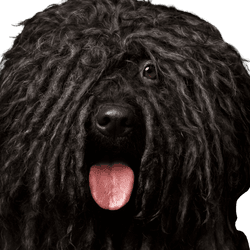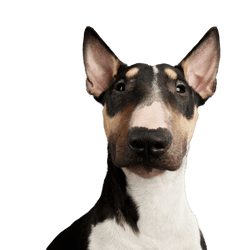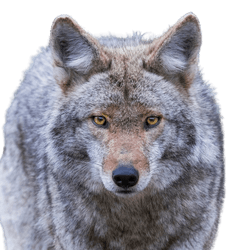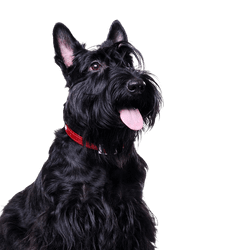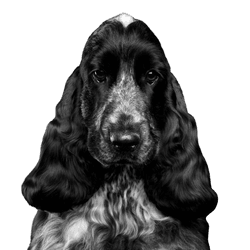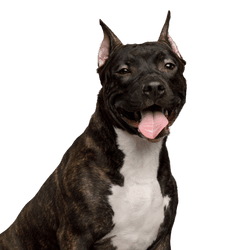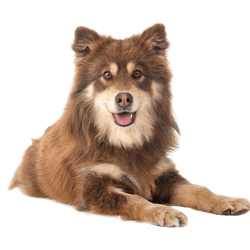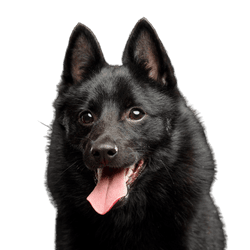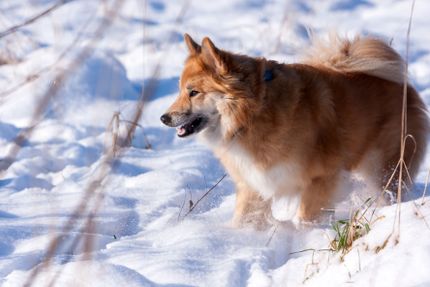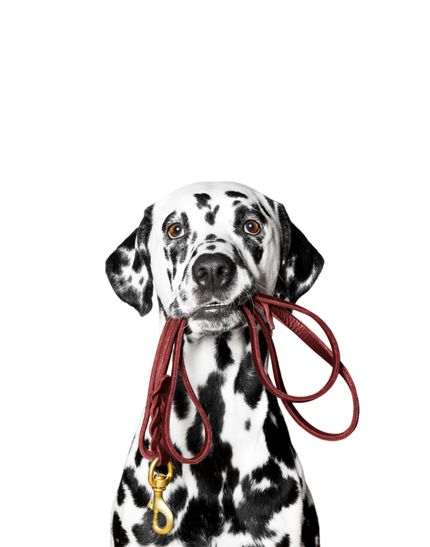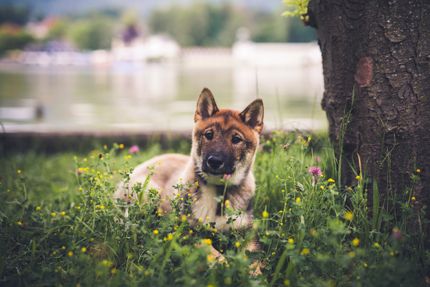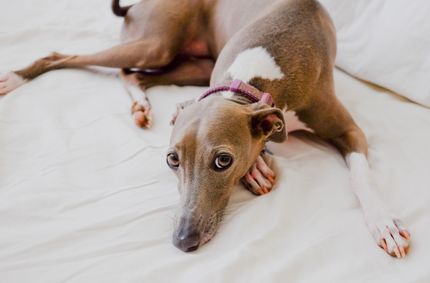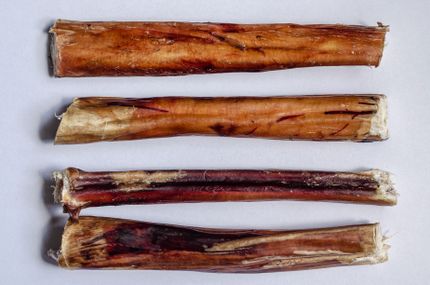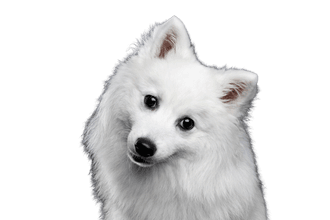
Japanese Spitz Breed description: Character & Co
Japanese Spitz
Facts & Origin
Ancestry of the Japanese Spitz and origin
As its name suggests, the breed originates from Japan. Among cynologists it is debatable whether the Japanese Spitz (Japanese name Nihon Supittsu) is descended from the German Spitz or rather from Nordic Spitz. In any case, it came from Europe to Japan at the beginning of the 20th century and quickly became popular there. In 1948, the Japanese Kennel Club presented the first breed standard for this Japanese breed.
Breed characteristics and temperament
The Japanese Spitz has been an FCI-recognized dog breed since 1964 and is listed in the FCI standard classification under No. 162 in Group 5 (Spitz and primitive type dogs), Subsection 5 (Asian Spitz and related breeds). The small dog has a whole range of good qualities.
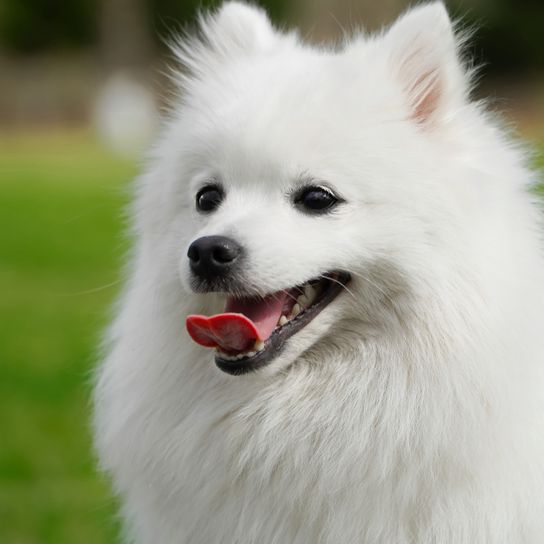
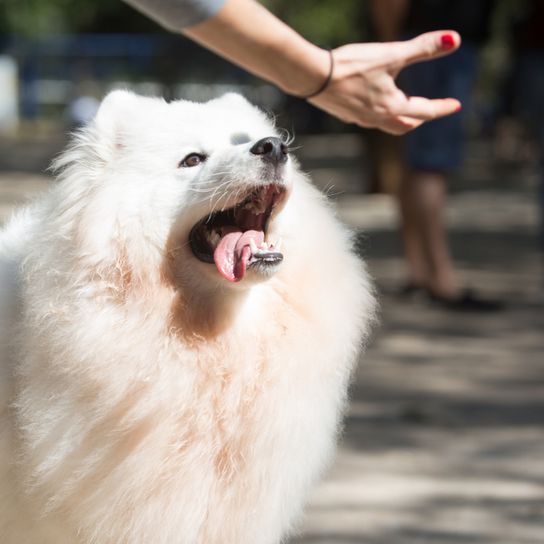
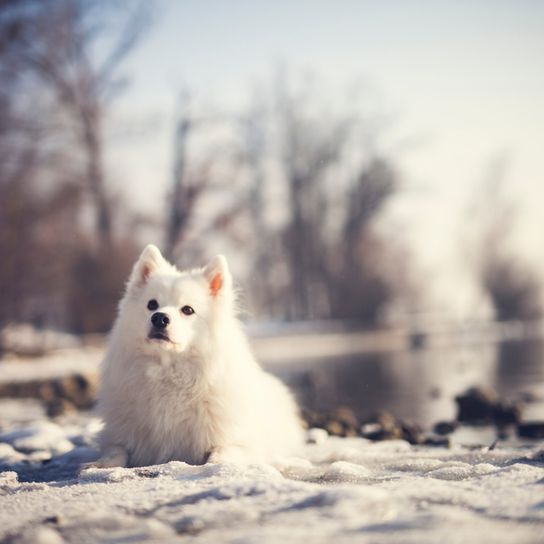
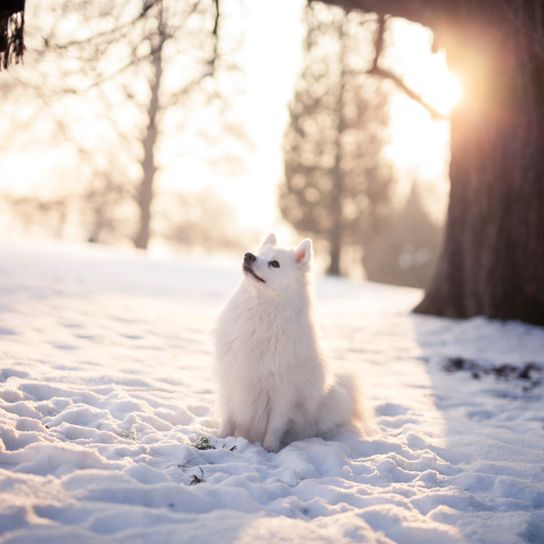
| Alternate Name | Nihon Supittsu |
| Origin | Japan |
| Life expectancy | 12 - 14 years |
| Care requirements | high-maintenance |
| Activity level | average |
| FCI group | Asian Spitz and related breeds |
| AKC group | Foundation Stock Service |
| KC group | utility group |
Attitude, character and temperament of the breed
The nature and temperament of the dogs can best be described as follows:
- proud
- obedient
- companionable
- cheerful
- playful
- balanced
- alert
In addition, the Japanese Spitz is a watchful dog without a tendency to yap.
Husbandry and upbringing
The Japanese Spitz is a family dog. It is very affectionate and feels very comfortable in the presence of its family. It does not like to be alone or neglected in any way. In the house rather quietly, it rages on extended walks (at least 1 hour daily) in company of master or mistress so properly. Then the little white dog with the great need to run shows its true temperament. Dog sports, such as agility, are also great fun for the dog. His quick perception and great willingness to always learn new things make its upbringing easy. The Spitz is very child-friendly and usually gets along quite well with other dogs of its own species. For dog owners without experience, the Japanese Spitz is best suited as a first dog.
Character
Usage
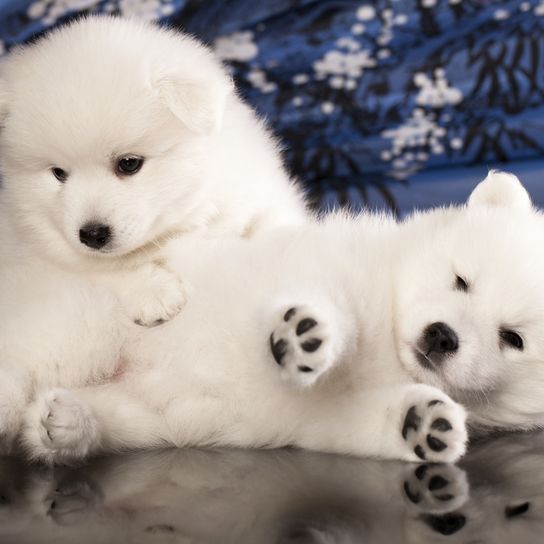

Health and breeding information
Health, diseases and life expectancy
The Japanese Spitz is prone to patellar luxation. With this hereditary disease, the dog's kneecap can slip out of its guide. However, breeders usually control this disease by appropriate breeding selection. Furthermore, eye problems, e.g. distichiasis, narrowed tear ducts or also dental problems can occur. Beyond that, no breed-typical diseases are known. The life expectancy of the dogs is 12-14 years.
Things to know about the Japanese Dwarf Spitz
The Japan Miniature Spitz belongs to the rather rare dog breeds. So if you want to buy a purebred Japan Spitz, a breeder is your first choice. Also Japanese Spitz puppies should only be bought from a reputable and certified breeder. Click here: Verein für Deutsche Spitze e.V.. On the page of the association you will find corresponding litter announcements of German breeders. Alternatively you can also look around in animal shelters. Maybe your dog is already waiting for you there.


Breed characteristics and appearance
The males have a strong build, with a height at withers of 30 to 38 cm and a body weight of 5 to 10 kg. The females are slightly smaller with a height at withers of 25 to 35 cm. Japanese Spitz have a soft, voluminous, weather-resistant coat, with a dense ruff and a luxuriantly hairy tail that the dog carries proudly upwards. The breed is exclusively bred with a pure white coat color.
Care and Nutrition of the Japan Spitz
To care for the lush coat, thorough combing or brushing twice a week is sufficient. During the twice-yearly coat change, combing must be done daily. Nutrition has a great influence on the well-being of dogs. Improper nutrition promotes obesity and can result in conditions such as diabetes and joint disease. High-quality wet or dry food with a high meat content, supplemented with vegetables or rice, but low grain content, provides your dog with all the necessary nutrients and keeps him healthy. Regular dental care prevents dental diseases.
| Fur length | long |
| Fur | flat coated |
| Ear shape | Standing Ears |
| Tail | fanned out |
| Anatomy | dainty |
| Size ♀ | 30 - 35 cm |
| Weight ♀ | 5 - 10 kg |
| Size ♂ | 30 - 38 cm |
| Weight ♂ | 5 - 10 kg |
| Suitable For | Beginner, Children |
Colors




Known Diseases
Eye diseases
Often occur with allergies and intolerances.
Patellar luxation
Patellar luxation is the term used to describe a displacement of the kneecap, which is one of the most common causes of lameness in dogs.
Other medium dogs
Useful Articles
You can find articles that might interest you in the dogbible blog to match your favorite breed.
Visit our magazineto stay up to date on dog trends.
To find out more, view our Privacy Policy
Find here the breed that suits you and find out what character traits it has. Here you can also learn more about the origin, size and weight of your favorite breeds.
Matching your favorite breed, you'll find articles that might interest you on the dogbible dog blog.
Deworming dog - Worming procedure
Raw Barf Food for beginners - everything you need to know about feeding dogs naturally
Are dogs more intelligent than cats?
Why your dog should sleep in your bed! Tips and reasons
Hiking in Carinthia with a dog - these hiking routes with a dog are the best
